Fire Restoration Services

Fire restorations are often most effective after winter, when heating systems and fireplaces may contribute to fire risks.

Spring offers an ideal window for fire restoration projects, allowing repairs before the warmer, drier months increase fire hazards.

Early summer provides ample time for comprehensive fire damage repairs, especially before peak fire season begins.

Ways to make Fire Restorations work in tight or awkward layouts.

Popular materials for Fire Restorations and why they hold up over time.

Simple add-ons that improve Fire Restorations without blowing the budget.

High-end options that actually feel worth it for Fire Restorations.

Finishes and colors that play nicely with Fire Restorations.
Fire restorations involve the process of repairing and restoring properties affected by fire damage. This includes cleaning soot and smoke residues, repairing structural damage, and restoring the property to its pre-fire condition. Timely restoration minimizes long-term damage and helps prevent further issues such as mold growth or structural instability.
Statistics indicate that fire damage repair is most effective when initiated promptly after a fire incident. Delays can lead to increased costs and more extensive repairs. The best time for fire restorations typically aligns with periods of lower fire risk, allowing for efficient and thorough restoration work.
Restoring fire damage during cooler months can be advantageous due to lower external humidity, aiding in drying and cleaning processes.
Dry weather conditions facilitate faster restoration work, reducing the risk of secondary issues like mold or water damage.
Planning restorations before peak fire season ensures properties are better prepared and less vulnerable to future incidents.
Initiating restorations promptly can streamline insurance processes and reduce claim processing times.

Professional restoration services restore structural integrity and cleanliness after fire damage.

Specialized techniques remove smoke residues, improving air quality and reducing odors.

Repair of walls, ceilings, and frameworks to ensure safety and stability.

Restoring personal belongings affected by smoke and fire damage.

Little measurements that prevent headaches on Fire Restorations day.
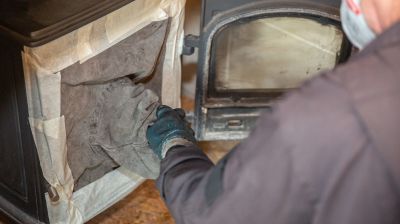
A 60-second routine that keeps Fire Restorations looking new.
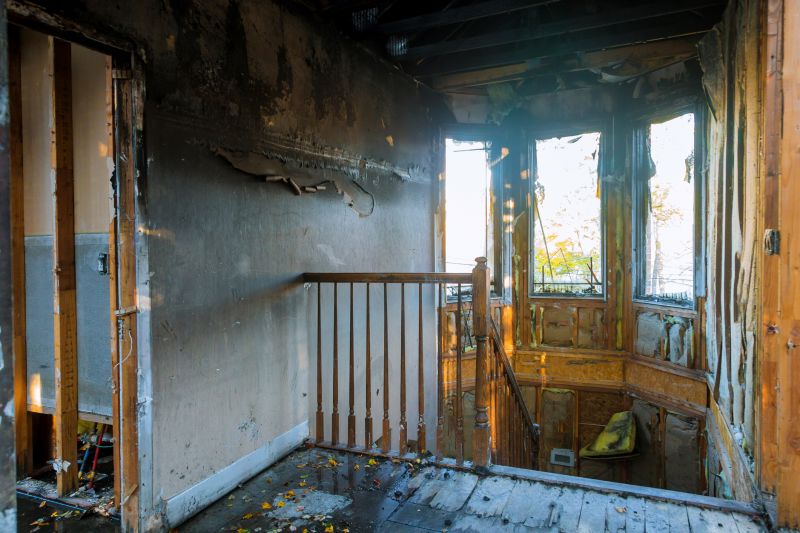
A frequent mistake in Fire Restorations and how to dodge it.
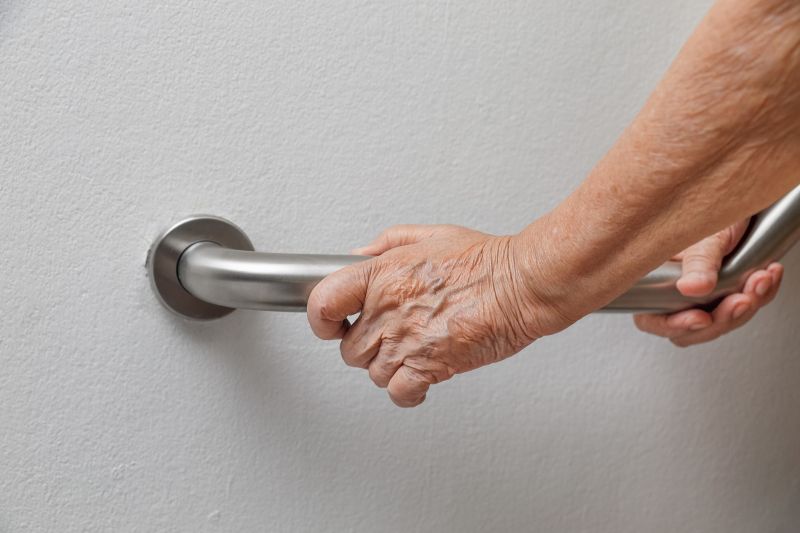
Small tweaks to make Fire Restorations safer and easier to use.
| Season | Optimal Restoration Timing |
|---|---|
| Winter | Ideal for low humidity and indoor work |
| Spring | Prepares property before peak fire season |
| Summer | Allows ample time for repairs before dry season |
| Fall | Prepares for winter and reduces fire risk |
| Peak Fire Season | Generally less ideal due to ongoing fire risks |
Engaging in fire restorations at the appropriate time can significantly impact the effectiveness and cost-efficiency of repairs. Factors such as weather conditions, fire season timing, and property use patterns influence the optimal window for restoration efforts.
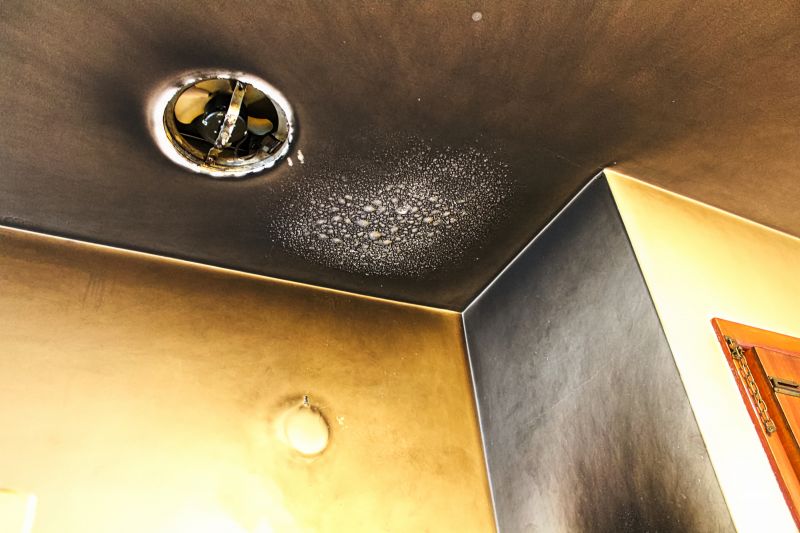
Initial evaluation to determine scope and necessary repairs.

Cleaning soot and smoke residues from surfaces and air systems.

Restoring damaged frameworks and building components.
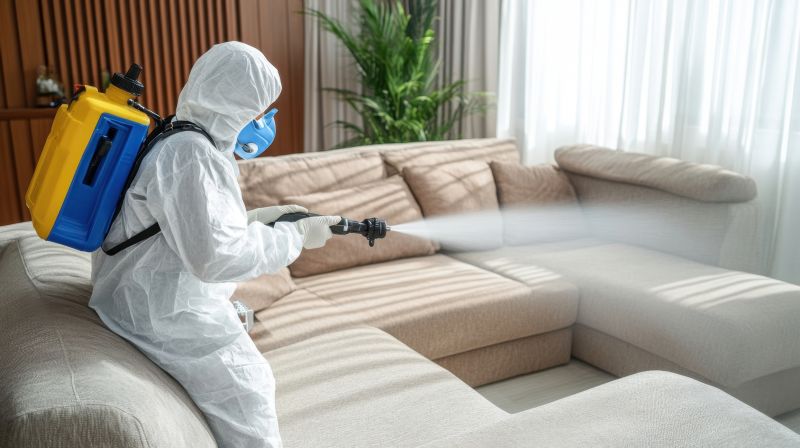
Using specialized techniques to remove persistent smoke odors.
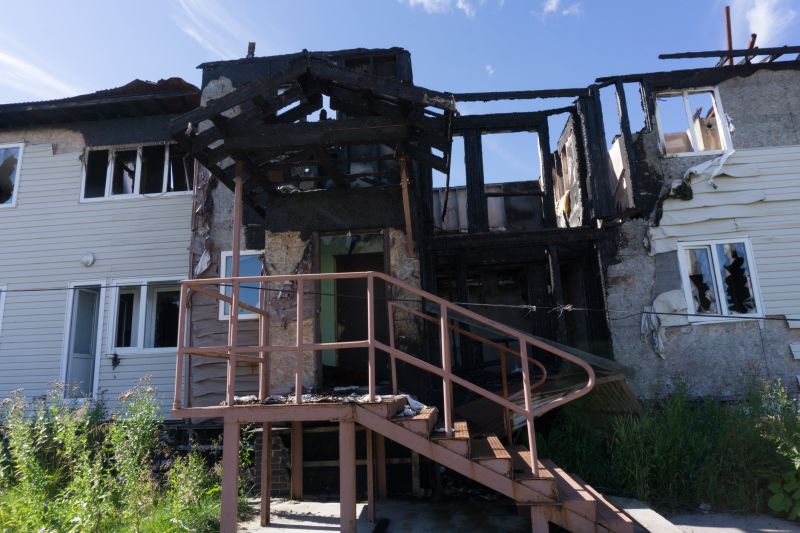
Lower-waste or water-saving choices for Fire Restorations.

The short, realistic tool list for quality Fire Restorations.
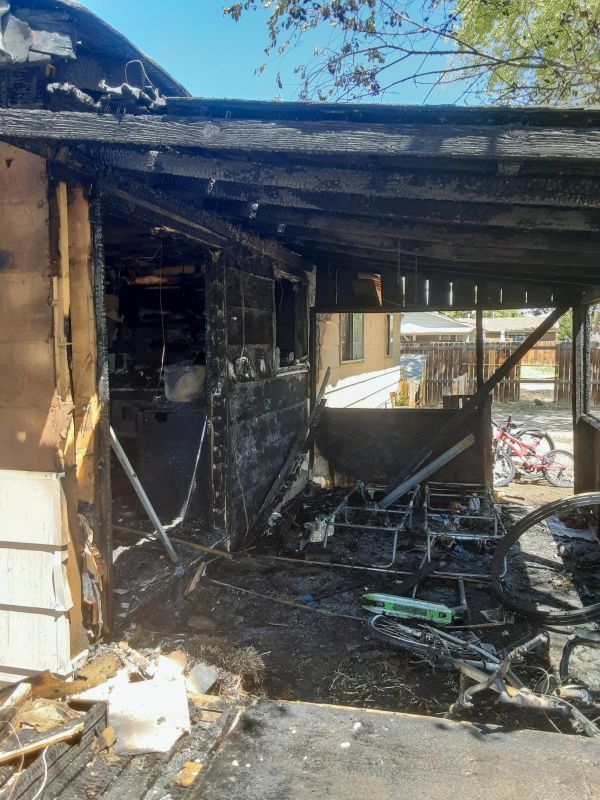
Rough timing from prep to clean-up for Fire Restorations.
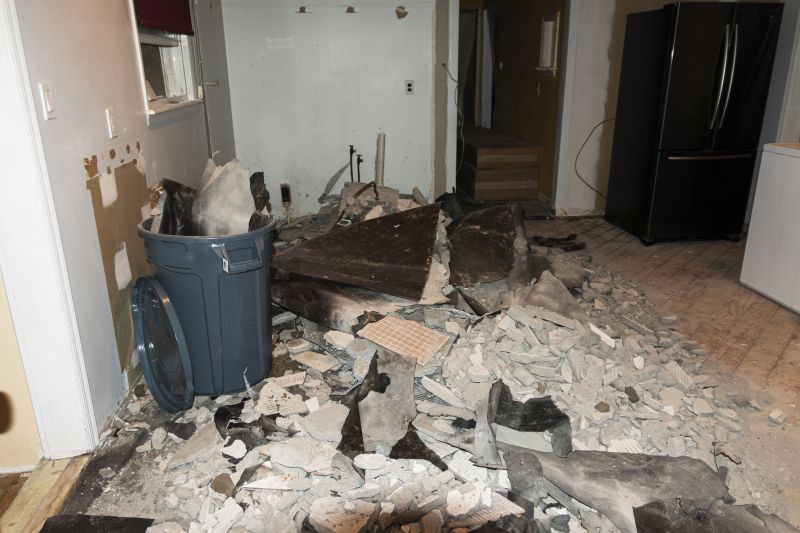
Quick checks and paperwork to keep after Fire Restorations.
Interested property owners should consider scheduling fire restoration services during periods of low fire activity to ensure thorough repairs. Prompt action not only restores safety but also helps mitigate future risks and costs.
